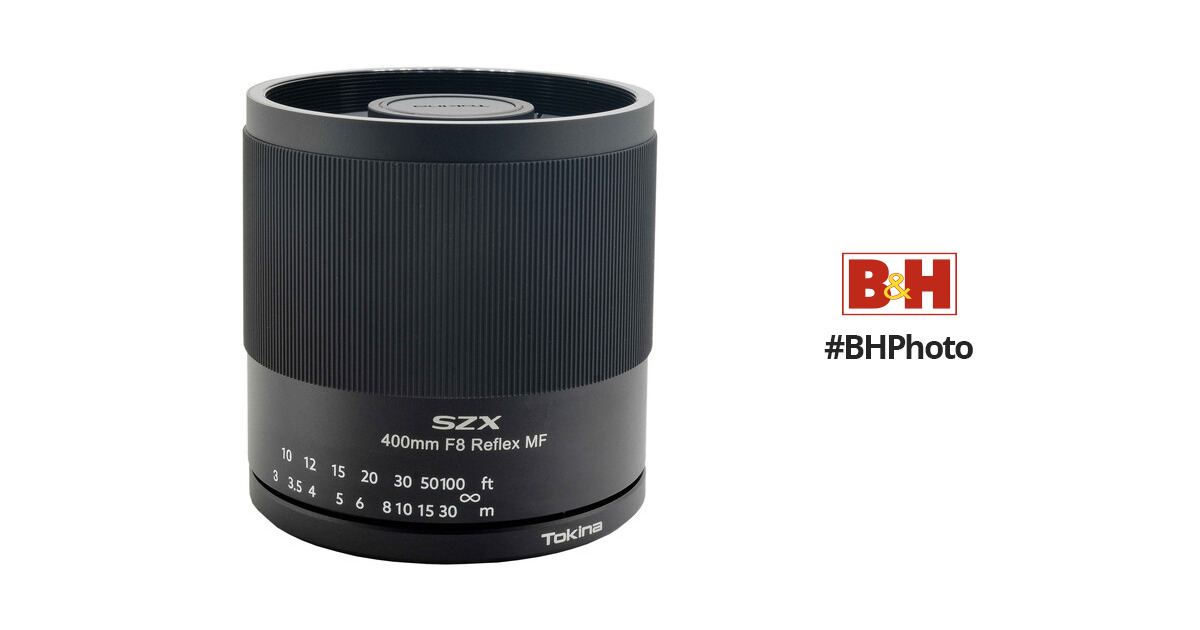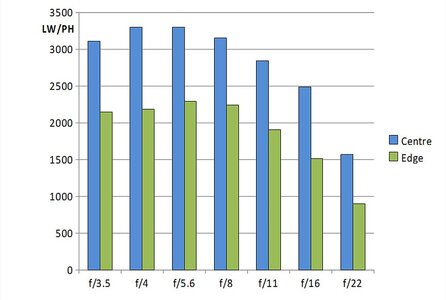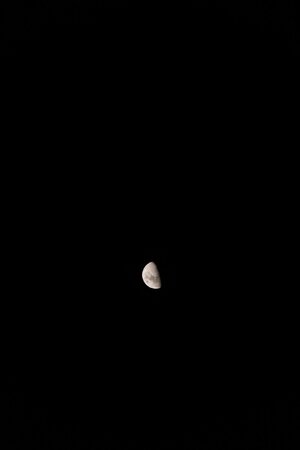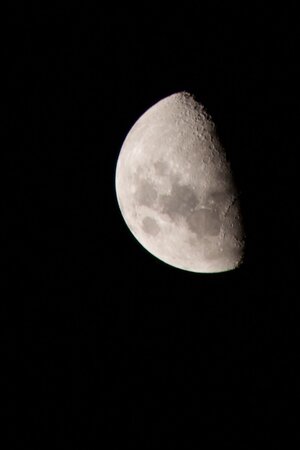Pro Member
- Followers
- 40
- Following
- 6
- Joined
- Nov 19, 2020
- Posts
- 3,374
- Likes Received
- 3,200
- Trophy Points
- 313
- Name
- Chris
- Country
- United States
- City/State
- Pembroke Pines/FL
I was curious for those of you with the knack for Astrophotography: What size lens do you need to get a decent moon shot that fills most of the frame?
I saw this lens and it got me curious:

 www.bhphotovideo.com
www.bhphotovideo.com
Of course, on one hand I see that price and think "not bad, add to cart", but on the other hand perhaps I should just save for the Sony 70-350mm which has many more uses than just taking pictures of the moon...
Regardless I think the original question could yield useful answers for other forum users who may search it later on.
I saw this lens and it got me curious:

Tokina SZX 400mm f/8 Reflex MF Lens for Sony E
Buy Tokina SZX 400mm f/8 Reflex MF Lens for Sony E featuring Sony E-Mount / Full Frame Format, Fixed Aperture: f/8, Catadioptric Telephoto Lens, Manual Focus, Multicoating and Antioxidant Coating, Front Filter Size: 67mm, Rear Filter size: 30.5mm, Close Focus: 45.3". Review Tokina null
Of course, on one hand I see that price and think "not bad, add to cart", but on the other hand perhaps I should just save for the Sony 70-350mm which has many more uses than just taking pictures of the moon...
Regardless I think the original question could yield useful answers for other forum users who may search it later on.




